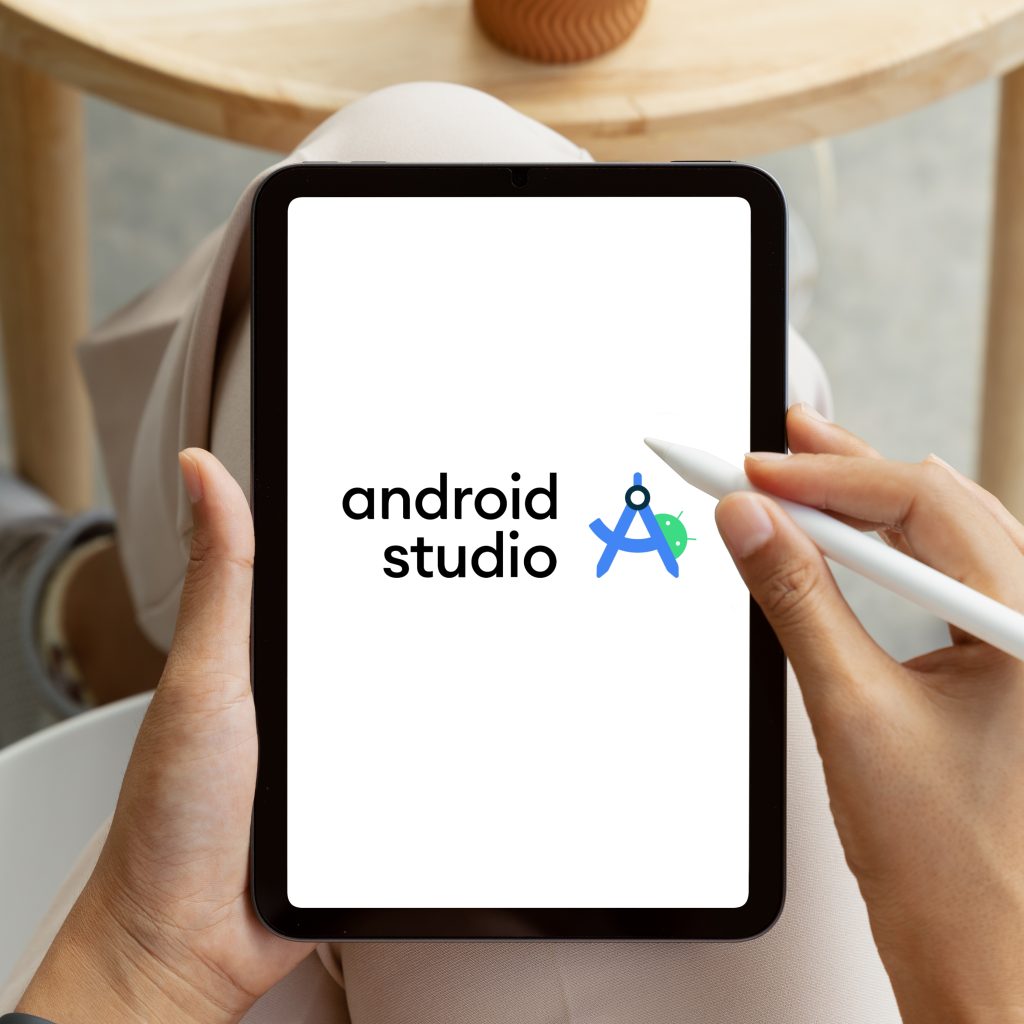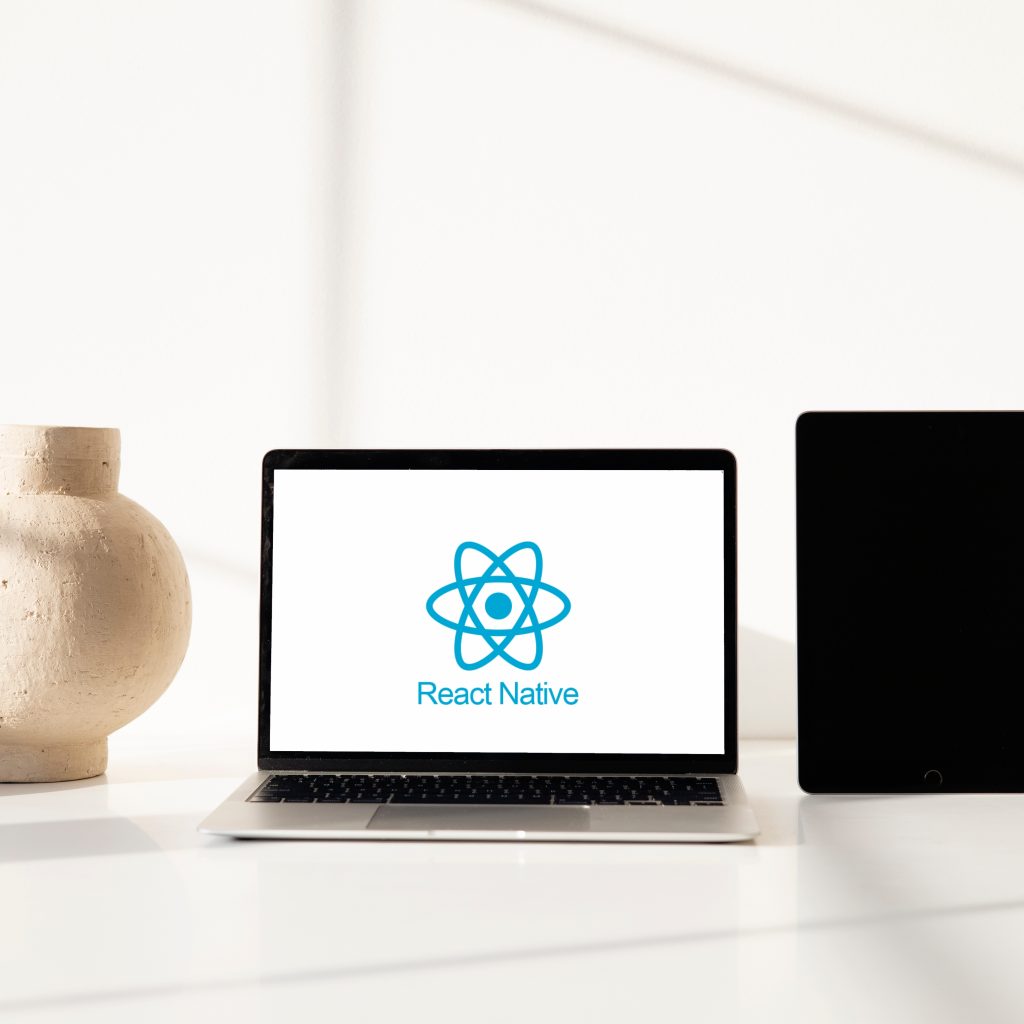Are you tired of the lengthy and complicated process of developing a mobile app? Do you wish there were tools available to make the process more efficient and streamlined? Look no further! In this article, we will discuss five must-have tools that will revolutionize your mobile app development process and save you time and effort.
Developing a mobile app can be a time-consuming and complex task. From designing the user interface to coding and testing, there are numerous steps involved in the process. However, thanks to advancements in technology, there are now tools available that can simplify and streamline the entire development process.
In today’s fast-paced world, efficiency is key. By using the right tools, you can significantly speed up your mobile app development process, reduce errors, and improve the overall quality of your app. Whether you are a seasoned developer or just starting out, these five tools are essential for anyone looking to develop mobile apps efficiently and effectively. So, let’s dive in and explore these must-have tools that will take your mobile app development skills to the next level.
What is Mobile App Development?
Mobile app development is the process of creating applications that are specifically designed to run on mobile devices such as smartphones and tablets. This industry has grown significantly in recent years in response to the increasing popularity and functionality of mobile devices. Mobile app development requires expertise in various programming languages, as well as knowledge of the specific requirements and limitations of mobile platforms.
This process involves the design, development, testing, and deployment of mobile applications, with a focus on creating intuitive and user-friendly experiences. As mobile apps continue to play a crucial role in both personal and professional environments, the demand for skilled mobile app developers has also increased. This field offers exciting opportunities for individuals who are passionate about technology and innovation.

Why Streamline the Process?
Streamlining the application development process is essential for reducing time and effort while also making the process more efficient. Here are 7 effective ways to achieve this:
- Use agile methodologies: Incorporating agile practices like iterative development and continuous feedback can help reduce the time spent on rework and make the development process more efficient.
- Automation: Implementing automated testing, code deployment, and continuous integration can significantly reduce manual effort and streamline the development process.
- Standardize processes: Creating standardized development processes and templates can help reduce time spent on decision-making and ensure consistency across projects.
- Prioritize features: Identifying and prioritizing key features early in the development process can help focus efforts and reduce wasted time on non-essential functionalities.
- Collaboration tools: Utilizing collaboration tools for communication and project management can streamline the development process by facilitating efficient teamwork and decision-making.
- Code reusability: Encouraging code reuse and creating libraries of reusable components can reduce development time and effort.
- Continuous improvement: Implementing regular retrospectives and feedback loops can help identify inefficiencies and improve the development process over time.
By implementing these practical solutions, application development teams can effectively streamline their processes, reduce time and effort, and ultimately improve efficiency.
1. Android Studio
Android Studio is a powerful integrated development environment (IDE) specifically designed for Android app development. This popular tool provides everything developers need to design, build, and test their applications all in one place. With a wide range of features and tools, Android Studio streamlines the app development process while offering flexibility and customization. From creating user interfaces to debugging and performance analysis, Android Studio is a comprehensive platform that allows developers to bring their app ideas to life with ease. In this section, we will explore some of the key features and functionalities of Android Studio that make it the go-to choice for Android app development.

Features of Android Studio
Android Studio is a powerful and feature-rich integrated development environment (IDE) for Android app development. Key features of Android Studio include the ConstraintLayout, which allows developers to create sophisticated and flexible layouts for their apps. The IDE also offers APK file examination tools to help reduce the size of app packages, making them more efficient and user-friendly. Another valuable feature is the quick app installation and testing functionality, enabling developers to easily and swiftly test their apps on different devices and configurations.
Android Studio is available for free on Windows, macOS, and Linux, making it accessible to a wide range of developers. The comprehensive set of features and tools offered by Android Studio makes it a popular choice for professional Android app development. Overall, Android Studio provides a robust and efficient environment for creating high-quality Android applications.
Pros and Cons of Using Android Studio
Pros of using Android Studio
- Free Availability: Android Studio is a free and open-source IDE, making it accessible to developers of all skill levels.
- Handy Implementation Editor: The IDE provides a user-friendly interface with a handy implementation editor, allowing for easy code writing and debugging.
- Features for Developing, Testing, and Releasing Applications: Android Studio offers a wide range of features for developing, testing, and releasing Android applications, including a built-in emulator for testing, and tools for optimizing app performance and analyzing app usage.
Cons of using Android Studio
- Steep Learning Curve: Due to its extensive features and complex interface, Android Studio may have a steep learning curve for beginners.
- Resource Intensive: Android Studio requires a significant amount of system resources, which may lead to performance issues on lower-end machines.
- Compatibility Issues: Some users may face compatibility issues with certain operating systems or devices when using Android Studio.
2. React Native
React Native is a popular open-source framework that allows developers to build cross-platform mobile applications using JavaScript and React. With its ability to create high-performance apps for both iOS and Android platforms, React Native has gained widespread popularity in the mobile development community. This innovative framework combines the speed and agility of web development with the powerful capabilities of native mobile apps, making it an attractive option for developers looking to streamline their workflow and reach a broad audience.

Features of React Native
React Native is a popular framework known for its numerous features that make it a preferred choice for mobile app development. It offers a hot reload feature, allowing developers to instantly see the changes they make to the code without having to recompile the entire application. This significantly speeds up the development process.
One of the key advantages of React Native is its ability to reuse code across different platforms. This means developers can write the code once and use it for both iOS and Android applications, saving time and effort. The framework utilizes JavaScript and React for app development, making it easy for developers familiar with these languages to build mobile apps.
Moreover, React Native is open-source, giving developers the freedom to customize and extend the framework according to their project requirements. Additionally, it provides a wide range of pre-built UI components, enabling developers to quickly create a visually appealing and responsive user interface without starting from scratch. Overall, React Native’s features make it a powerful and efficient framework for cross-platform mobile app development.
Pros and Cons of Using React Native
Pros of using React Native
- Cross-platform capabilities: With React Native, developers can write a single codebase for both iOS and Android platforms, saving time and resources.
- Hot reload feature: This feature allows developers to instantly see the changes made to the code without recompiling the entire application, leading to faster development and debugging.
- Ease of finding qualified developers: There is a large and growing community of React Native developers, making it easier for companies to find skilled professionals to work on their projects.
Cons of using React Native
- Performance limitations: While React Native offers great cross-platform compatibility, it may not be as fast or as optimized as developing specifically for each platform.
- Limited access to native functionality: Some native device features may not be readily accessible in React Native, requiring additional workarounds or custom modules.
- Potential for platform-specific issues: Despite its cross-platform capabilities, differences between iOS and Android may still cause compatibility issues that need to be addressed separately.
3. User Experience (UX) Tools
In the digital age, user experience (UX) is a critical component of the success of any product or service. Understanding how users interact with a website or app is essential for creating a seamless and enjoyable experience. There are various tools available to help businesses analyze and enhance their UX, ultimately leading to increased user satisfaction and retention. From user testing to analytics, UX tools provide valuable insights that can guide the design and development process.

UX Design Principles to Follow While Developing Apps
Essential UX design principles to follow while developing apps include prioritizing user experience, ensuring clear navigation, and maintaining consistency in design elements. Prioritizing user experience is crucial as it ensures that the app is intuitive, easy to use, and enjoyable for the users. Clear navigation allows users to easily find what they are looking for within the app, reducing frustration and increasing engagement. Maintaining consistency in design elements, such as color schemes, button styles, and typography, creates a cohesive and seamless user experience.
These principles are important in creating an app that is easy to use and enjoyable for the users because they put the users’ needs and preferences at the forefront of the design process. By prioritizing user experience, app developers can create a product that addresses the users’ pain points and provides solutions in an efficient and user-friendly manner. Clear navigation ensures that users can quickly and easily access the features and content they need, improving overall usability.
Consistency in design elements enhances the app’s usability, as users can easily understand how different elements function throughout the app, providing a cohesive and predictable experience. Ultimately, following these UX design principles results in an app that is both functional and enjoyable for the users.
Different Types of UX Tools Available in Market for Mobile App Development
There are several types of UX tools available in the market for mobile app development, each with their own unique features and benefits. Some of the popular ones include Appcelerator, Xamarin, Sencha, and PhoneGap.
Appcelerator is known for its user interface tools that allow developers to create native user experiences across different platforms, such as iOS, Android, and Windows. Xamarin, on the other hand, is a popular choice for native app development, offering a wide range of tools for building, testing, and monitoring mobile applications.
Sencha is known for its web technologies, providing tools for building cross-platform web applications with a focus on user interface design. Lastly, PhoneGap is a widely-used tool for web technologies, allowing developers to build mobile apps using web technologies like HTML, CSS, and JavaScript.
These UX tools offer a range of features for mobile app development, including native app development, user interface design, and web technology integration, making them valuable resources for developers looking to create engaging and seamless mobile experiences.
4. Testing Tools for Quality Assurance
When it comes to quality assurance in software development, testing tools play a crucial role in ensuring that the final product meets the required standards. These tools are designed to automate testing processes, identify bugs or issues, and improve the overall quality of the software.

Types of Testing Performed on Mobile Apps
There are three main types of testing that should be performed on mobile apps: functional testing, usability testing, and performance testing.
Functional testing ensures that the app’s features and functionality work as intended. This type of testing involves checking individual functions, user interface elements, and navigation to confirm that they meet the specified requirements and deliver the expected outcomes. It can be done manually or automated using testing tools.
Usability testing focuses on the app’s user experience, including ease of use, navigation, and design. This testing is essential for ensuring that the app is intuitive and user-friendly. It involves gathering feedback from real users through observations, interviews, and surveys to identify and address any usability issues.
Performance testing evaluates the app’s speed, responsiveness, stability, and scalability under various conditions. This type of testing helps identify and fix any performance-related issues, such as slow loading times, crashes, or resource-intensive operations.
Benefits Of Automated Testing on Mobile Platforms
Automated testing on mobile platforms offers several benefits for developers and organizations. Firstly, it significantly improves the efficiency of the testing process. Automated testing tools can swiftly execute repetitive test cases, freeing up valuable time for developers to focus on more complex and critical aspects of app development.
Moreover, automated testing enhances the reliability of mobile applications by minimizing the likelihood of human error. By scripting and running tests automatically, the risk of overlooking critical issues is reduced, leading to more stable and robust mobile apps.
Additionally, automated testing tools save time and resources for developers. They can run tests on multiple devices and operating systems simultaneously, ensuring comprehensive coverage and quick identification of compatibility issues. This not only speeds up the testing process but also helps in delivering a high-quality app to the market faster.
Popular Tools Used For Testing Mobile Apps
There are several popular tools used for testing mobile apps, both for native development and cross-platform development. For native development, popular options include Xcode for iOS and Android Studio for Android. These tools provide comprehensive testing capabilities for their respective platforms, including emulators, simulators, and debugging tools. They are ideal for developers looking to create high-performance, platform-specific mobile apps.
For cross-platform development, tools like Appium, Calabash, and Xamarin Test Cloud are commonly used. Appium is an open-source tool that supports native, hybrid, and mobile web apps, offering flexibility and compatibility across different platforms. Calabash is another open-source testing framework that allows for automated functional testing of mobile apps. Xamarin Test Cloud, on the other hand, offers a cloud-based testing platform for running automated UI tests on thousands of real devices.
These tools provide features such as automated testing, compatibility with multiple platforms, and cloud-based testing capabilities, making them suitable for cross-platform development efforts. By leveraging these tools, developers can efficiently test their apps across different platforms, ensuring a smooth and consistent user experience.
5. Version Control Systems
Version control systems are essential tools for developers, allowing them to track changes made to the source code, collaborate with team members, and ensure the integrity of their projects.
Benefits of Using Version Control Systems for Mobile App Development
Version control systems play a crucial role in mobile app development by improving collaboration, tracking changes, and ensuring code stability. These systems enable multiple developers to work on the same project simultaneously and merge their changes seamlessly. This promotes collaboration and reduces errors and conflicts that may arise when working with different versions of the code.
By tracking changes made to the code, version control systems provide developers with a clear history of the project, making it easier to identify and fix any issues that may arise. This ensures code stability and helps in maintaining a high-quality codebase.
Additionally, version control systems improve productivity and efficiency by allowing developers to work on separate branches of the code and merge their changes when they are ready. This enables a more streamlined development process and reduces the time spent on resolving conflicts.
Overall, the use of version control systems in mobile app development offers numerous benefits, including improved collaboration, reduced errors and conflicts, and increased productivity. This leads to a more efficient development process and ultimately a higher quality mobile app.
Different Types of Version Control Systems Available in the Market for Mobile App Development
There are several types of version control systems available for mobile app development, each with unique functionalities and features.
1. Git: One of the most popular version control systems, Git allows developers to track changes in their code, collaborate with team members, and maintain different versions of their app. It is beneficial for mobile app development as it enables developers to easily revert to previous versions, track changes made by different team members, and work on the same codebase simultaneously.
2. Subversion (SVN): SVN is another widely used version control system that provides centralized control over code repositories. It is beneficial for mobile app development as it allows developers to maintain a centralized code repository, track changes, and manage different branches efficiently.
3. Mercurial: Mercurial is a distributed version control system that offers flexibility and scalability for mobile app development. It is beneficial as it allows developers to work offline, make local changes, and easily merge code changes from different branches.
Each of these version control systems is essential for mobile app development as they enable developers to track changes, collaborate with team members, maintain different versions, and ensure the consistency and stability of the app.

Conclusion
In conclusion, streamlining your mobile app development process is essential to ensuring that you create a successful product. By understanding the five must-have tools for this process, you can ensure that you are using the best and most efficient methods available.
Utilizing these tools will help save time, money, and effort while developing a top-notch mobile application. With the right approach, your mobile app development process can be made easier and more efficient.
